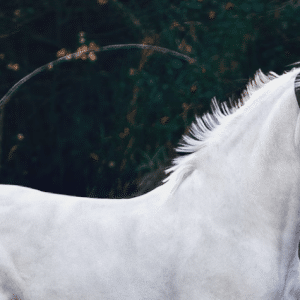
You are likely already aware of how valuable custom illustrations can be for building your brand with personalized artwork for your products, promotional materials, websites, books, and merch.
Traditionally, these custom illustrations have been hand-drawn by artists to blend with or complement the brand’s color palette and design style.
In the last decade, Artificial Illustration (AI) has opened the door to alternative types of custom illustration.
Keep reading to get up to speed on the current state of AI art generation, learn how you can use it to create new styles and types of custom illustration, explore some of the best new tools to flex your creative muscles,
What Is AI Custom Illustration?
Artificial Intelligence (AI) was first introduced as a potential creative tool back in the 1940s, but progress was slow going until the 2010s.
The introduction of Generative Adversarial Networks (GANs) in 2014 was a major evolutionary leap forward, allowing for the creation of artwork with far greater detail and realism than had previously been possible. 2015 saw the launch of Deep Dream Generator, one of the first AI illustration generators to offer the rich detail, and skilled rendering that we associate with modern AI art generators.
Earlier iterations had been limited to enhancing existing drawings, paintings, and photos and generating abstract designs.
It is the “generative” nature of the new AI that sets it apart from previous releases. A handful of major players in the industry released open-source models: TensorFlow by Google, Py Torch by Meta, and Pix2Pix. These generative models were released as blank slates ready to be personalized by whatever their new owners chose to fill their database with.
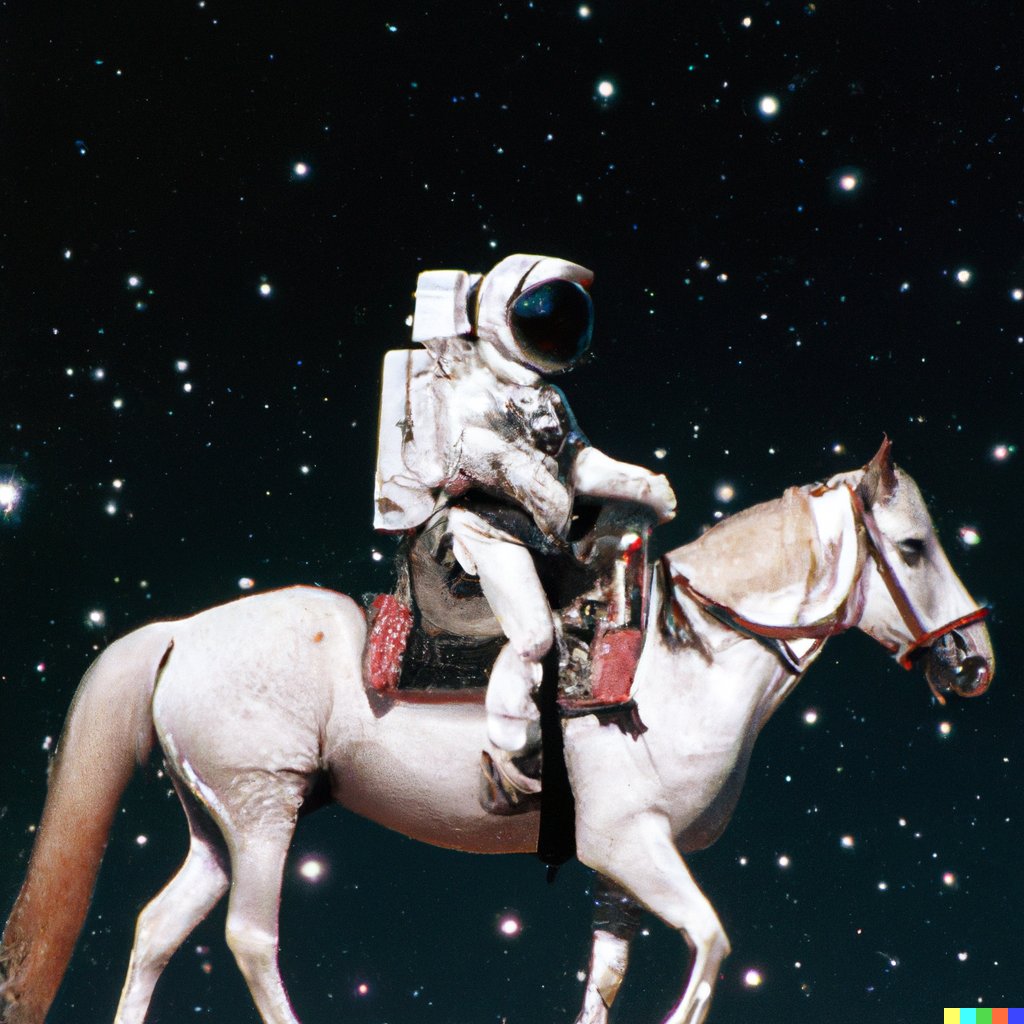
At this early stage, these early models were intended to be used by artists as an advanced high-tech tool. With that in mind, it makes sense that artists initially embraced the new technology, and many early adopters voluntarily fed their own artwork portfolios into their model’s database to ensure that the model would generate artwork in the same style as their original works.
This honeymoon phase was not destined to last for long, as the artists began to work with the AI models, the largest flaw in the program began to appear. The models had all been trained in a set of basic images depicting everyday items and labeled by human volunteers.
Unfortunately, this means that the inherent biases of the many volunteers were inadvertently passed on to the AI models resulting in the later, chatbot models using racial slurs and other offensive language.
This inherent bias and vulgar language would slow down adoption, and sour many in the artistic community, making artists less inclined to take up the newest models.
The few artists who did use the tools often did so as an interactive protest, using the models to create art highlighting the problem with the new models. It was a much rockier launch than expected to say the least.
Modern-Day AI Custom Illustration
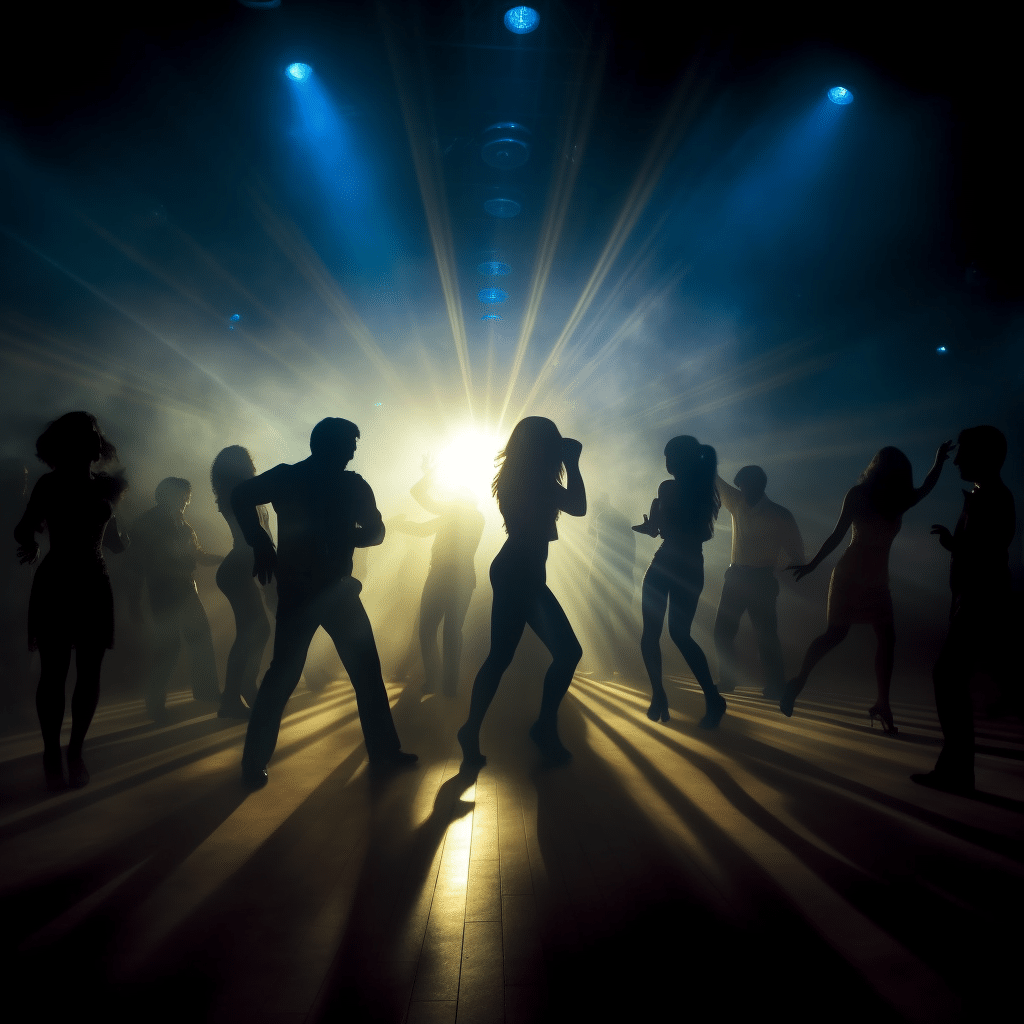
The November 2022 launch of Open AI’s DALL-E 2 reignited the excitement surrounding AI art creation in a big way. DALL-E 2 introduced the ability to request artwork using natural language prompts.
This means that users are able to describe the type of illustration that they would like to create using the common wording we would use when describing an idea to a fellow human.
This eliminates one of the largest remaining barriers to making the ability to create art available to everyone. The natural language model certainly does open a path to creating professional illustrations without any need for formal artistic training or natural artistic talent, or tech skills.
So, does this mean anyone with a computer and a good AI program can make their own custom illustrations, and professional illustrators are no longer needed?
Can AI Take The Place Of A Professional Illustrator?
People are understandably pretty excited about their newfound ability to generate their own artwork. However, it should be noted that there are some significant limitations and potential downsides to relying on AI to generate custom illustrations, especially if you will be using them for commercial purposes or need a large number of custom illustrations in a consistent theme to build your brand.
Trial & Error
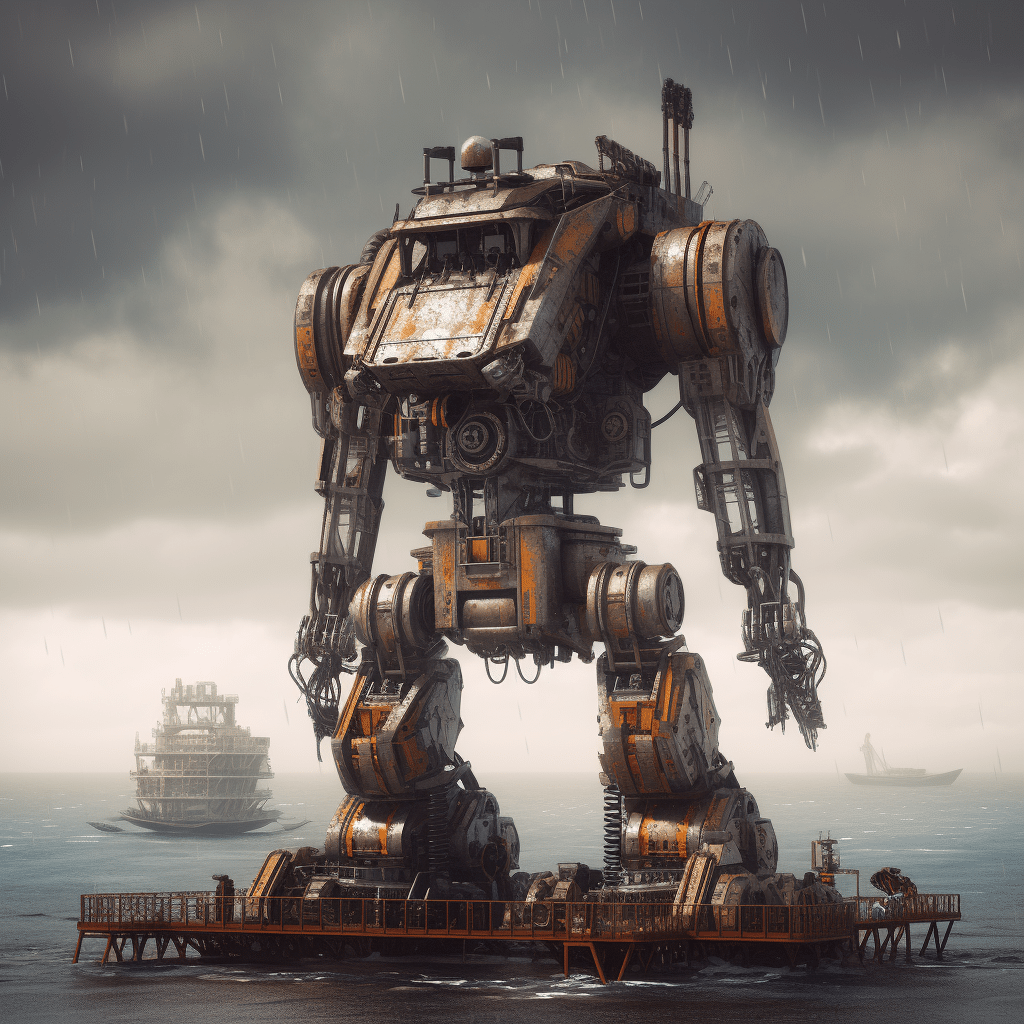
Making a custom illustration with AI is not quite as simple and straightforward as it is made out to be. Being able to request the illustration in natural conversational language is definitely a bonus but the process still involves a human being having a conversation with a computer and breakdowns in communication are common.
This means that even the most basic of requests is probably not going to elicit the results you are looking for on the first try.
This is where working with AI can get a bit tricky. You will need to determine what you don’t like about the initial results and then write another request communicating what needs to be changed in a way that the computer understands.
Learning how to communicate with the computer program to get the exact illustration that you have in mind in as few attempts, or generations, as possible is a skill unto itself, and experienced digital artists frequently report taking a day or more to perfect just one illustration. This is not quite the quick and easy process that most imagine.
Commercial Licensing
There is a fair amount of controversy surrounding the use of AI to generate art. The most serious arguments arise from the way in which AI is trained to interpret human requests into recognizable art.
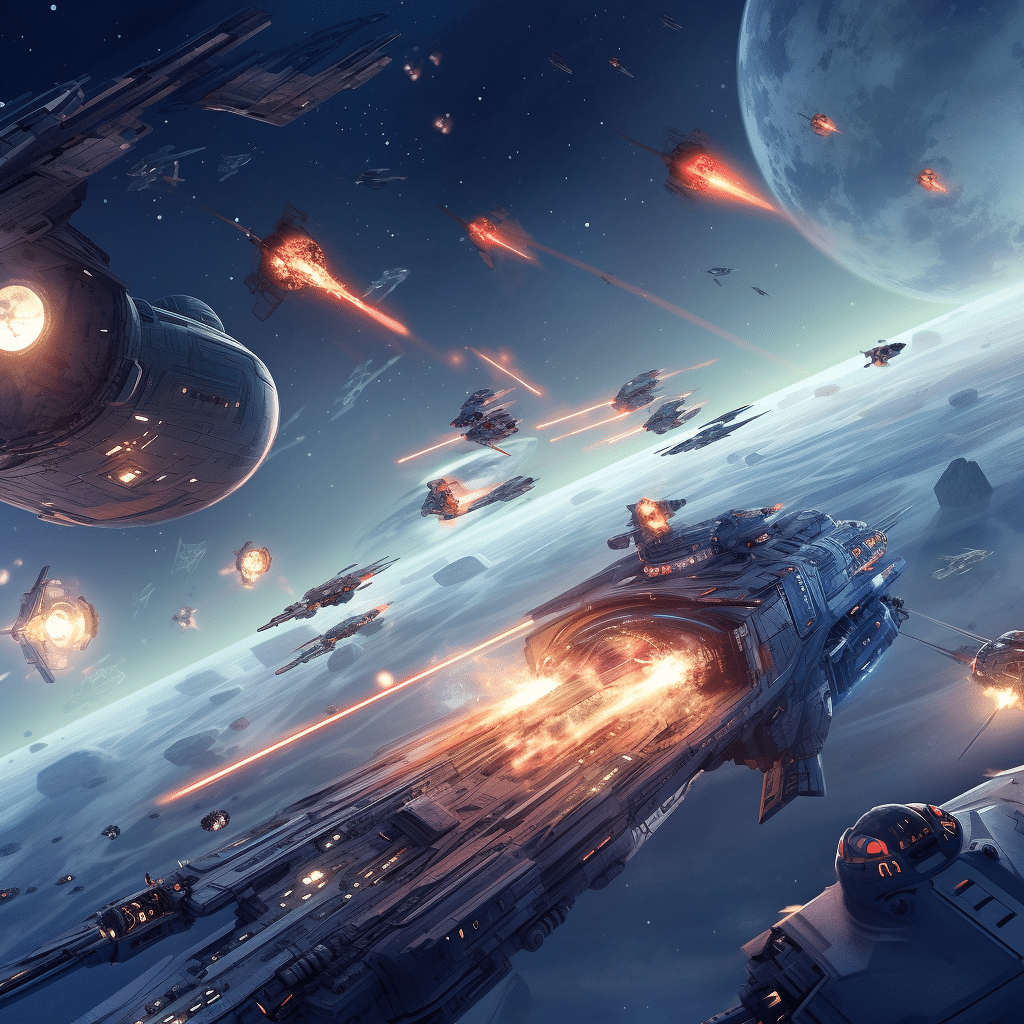
Because computers are not capable of independent reasoning like the human mind is, they must be trained by feeding in massive amounts of existing artwork and images labeled with matching terms. When a user requests a specific type of illustration the AI matches that request with all the images in its database and takes bits and pieces of each to create a new whole.
Several users have reported getting results that included large sections of other artists’ work clearly marked with the original watermark or signature.
There are now several significant legal challenges working their way through the courts to determine whether the AI’s unauthorized use of artists’ original work for training purposes constitutes a copyright violation.
The results of these legal cases could impact the ability to legally use any image generated by AI for commercial purposes. Until this is sorted out there is no legal protection for the illustrations that you create using AI, meaning a competitor or bad actor could easily come along and copy all of your brand illustrations to use for their own purposes and you would not be able to stop them.
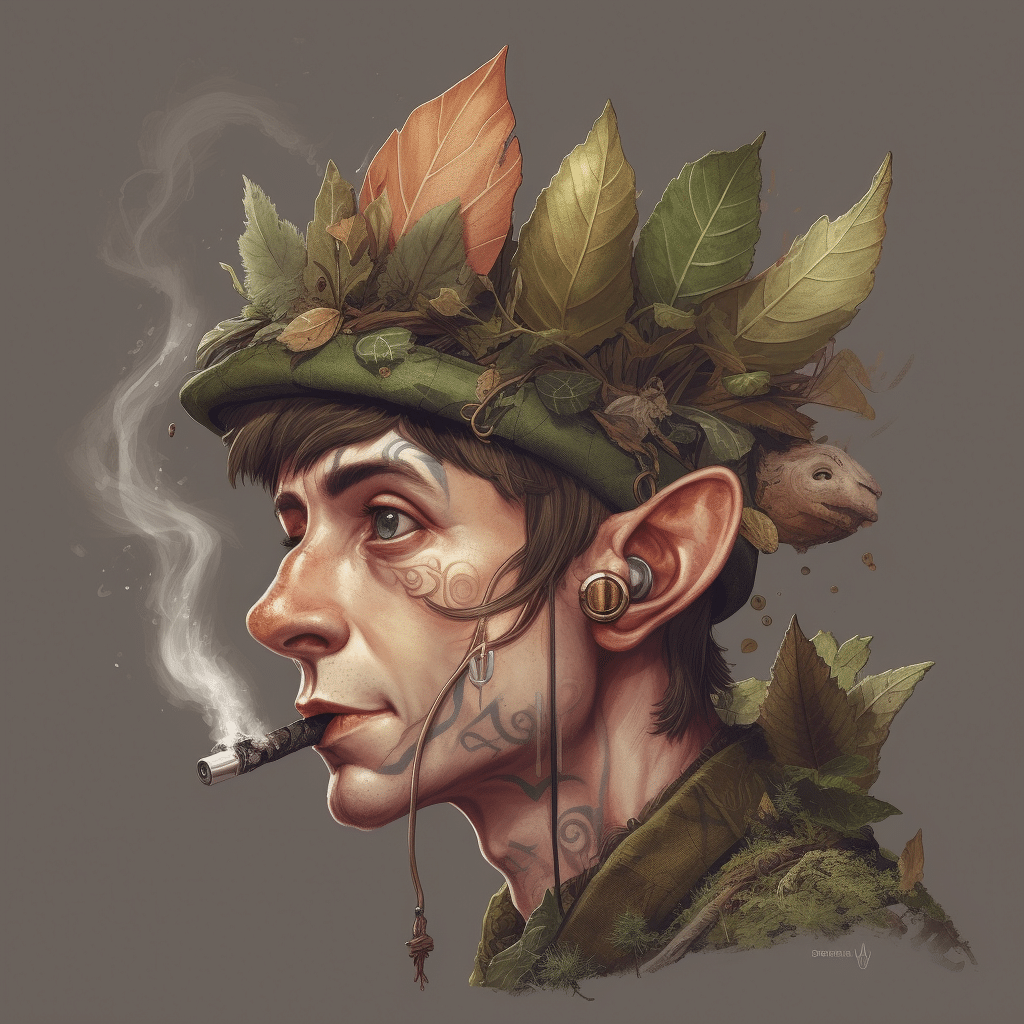
While these challenges and issues are certainly something to be aware of, they certainly don’t mean that you shouldn’t experiment with AI custom illustrations, it just means that you may not want to use AI as your primary tool for creating illustrations.
The truth is, AI can be an awesome tool to help you brainstorm ideas and create inspiration that your human illustrator can then use as a jumping-off point to generate some impressive new illustrations for your next project.
If you do decide to explore the next art frontier, and we definitely think that you should, here are a few of our favorite AI custom illustration tools to inspire you along with some fun new ways to use your custom illustrations that you may not have considered.
Where To Get Your Next AI Custom Illustration Masterpiece
Whether you already have an idea in mind and are unsure of the right tool to use, or you are looking for inspiration to discover new ways to use AI custom illustrations, the following AI art generation tools are a great place to start.
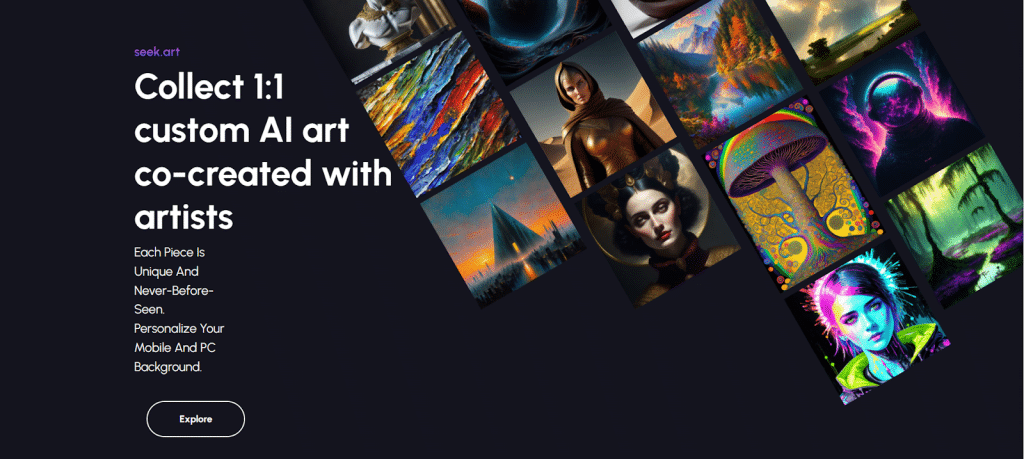
Seek.Art
Seek.Art is a unique AI art generator and marketplace that brings machines and humans together to create the ultimate custom illustrations.
Seek.Art offers a best-of-both-worlds approach that allows users to purchase bespoke AI-generated custom illustrations created just for you by an experienced digital artist using top-of-the-line AI art generators.
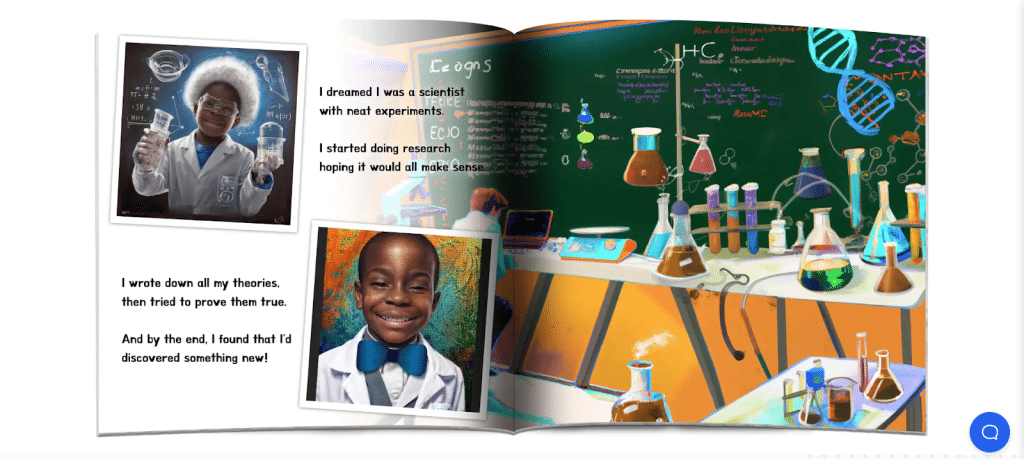
Imajinn AI
Imajinn AI offers a suite of specialized tools backed by powerful AI art generation engines that help users create stunning one-of-a-kind AI custom illustrations with a practical purpose.
Create a storybook with AI custom illustrations of your child as the main character. Generate custom illustrations for your website right from the backend of your website with the Imajinn Block plug-in.
Ditch the generic product photos and generate custom illustrations of your products to boost sales and stand out from the competition.
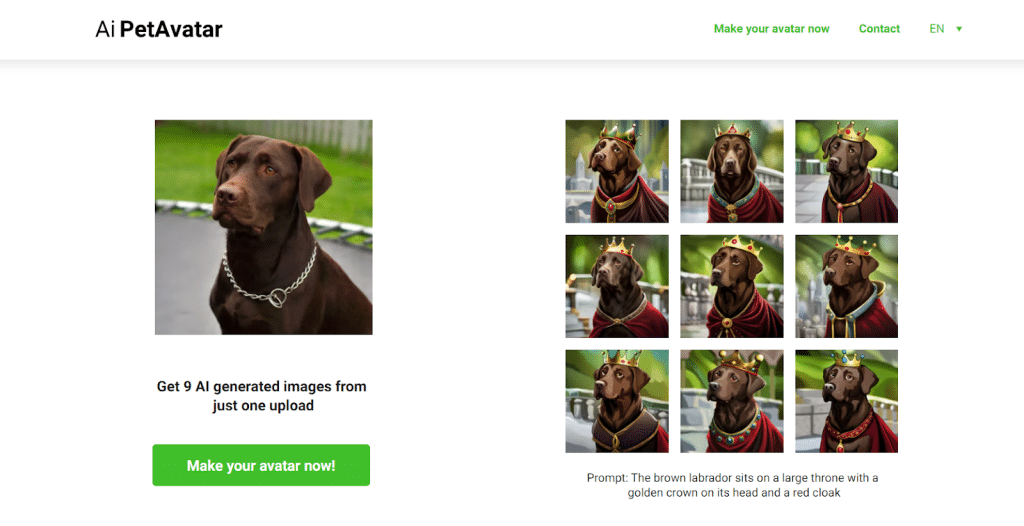
AI Pet Avatar
AI Pet Avatar is a specialized tool that allows users to generate custom illustrations of their favorite pets.
If you have ever wished for an illustration of your Himalayan as Cleopatra, or your Bearded Dragon rampaging through NYC as Godzilla then this is the AI illustration tool you have been looking for.
Just upload a photo of your pet and complete a prompt providing details about the style, setting, and details that you would like for the completed illustration.
You will receive 9 different AI-generated illustrations of your pet in your chosen style.
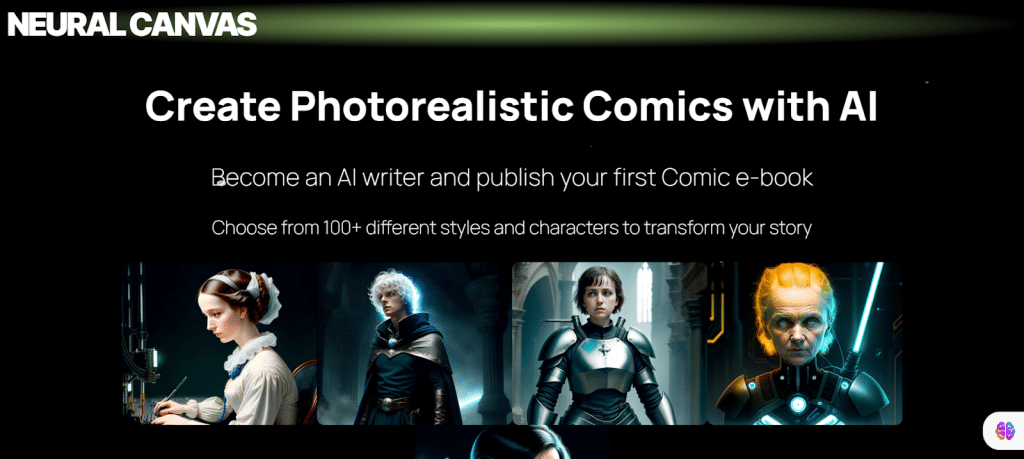
Neural Canvas
Neural Canvas is an AI-powered comic book generator that allows users to create all the custom illustrations needed to create a graphic novel or comic book project.
Users can choose from more than 100 different styles to customize their comic. Creating your personalized comic is as easy as entering a synopsis of your storyline and using the drop-down menus to select the mood, the style of illustrations, and the main character type for your comic.
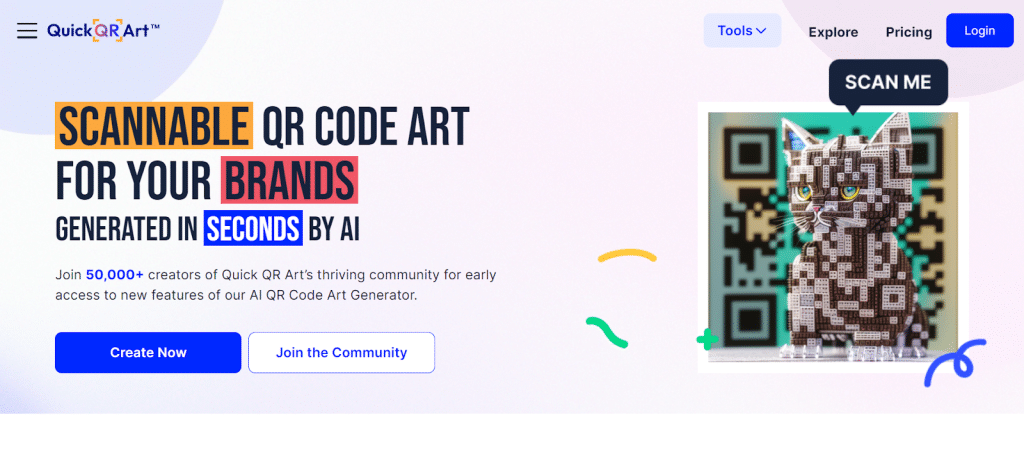
Quick QR Art
For a totally unique way to use your AI custom illustrations, head over to Quick QR Art to generate your own custom-illustrated QR code.
The platform offers a one-stop shop to generate custom QR code artwork, manage links, build brand recognition, and connect with your audience.
These are just a few of our favorite AI custom illustration tools that offer some novel ideas to expand on the already impressive range of possible uses for AI art. The world of AI is growing rapidly with new and imaginative tools popping up on the market daily. Get out there and start exploring!



